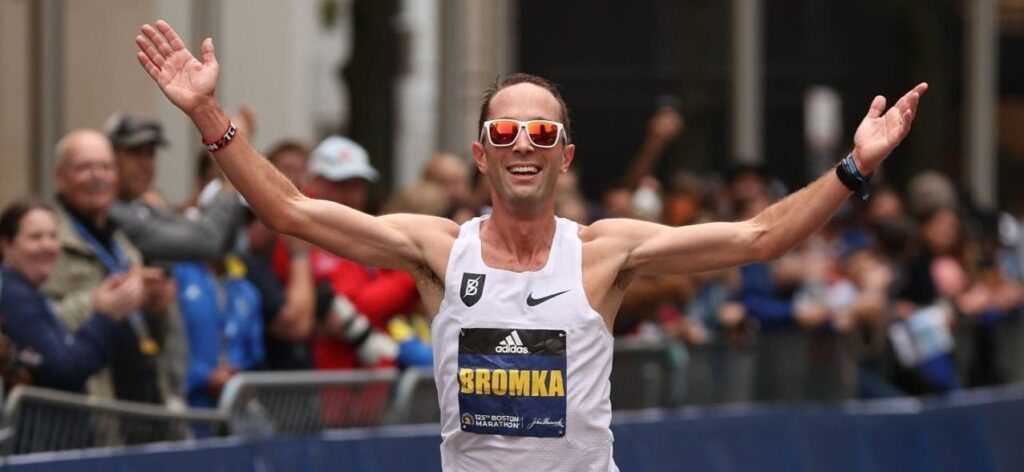Peter Bromka’s journey in the marathon scene is a compelling narrative for endurance athletes seeking to optimize their performance in long-duration events. His experiences, particularly those surrounding his pursuit to qualify for the 2020 Olympic Trials, offer valuable insights into effective training methodologies, fueling strategies, and mental resilience.
Bromka is often recognized not just for his athletic achievements but for the depth of his reflections shared through his blog, “Writing on Running.” His understanding of the intricacies of long-distance racing goes beyond physical training; it encompasses the psychological elements of commitment, such as the pursuit of a sub-2:19 marathon. This pursuit illustrates a crucial point for endurance athletes—while physical capability is essential, mental framing significantly influences performance outcomes. The ability to craft a narrative around one’s training can help in maintaining focus and motivation through the rigors of an ambitious training cycle.
During his efforts to break the 2:19 barrier, Bromka provided a meticulous account of his trials and tribulations, emphasizing the need for adaptive nutrition strategies tailored to his unique physiological responses. For experienced athletes, understanding the critical relationship between gut tolerance and timing of nutrition is paramount. For Bromka, this awareness meant experimenting with various fueling options during long runs and workouts. This approach resulted in identifying specific gels and solid foods that not only provided adequate energy but didn’t lead to gastrointestinal distress. Such considerations are vital; errors in fueling strategies can derail even the best-prepared athletes during races.
Beyond food selection, Bromka’s narrative sheds light on the timing of nutrient intake, particularly in relation to training periods. The concept of nutrition timing—consuming specific macronutrients before, during, and after long runs—plays into metabolic efficiency. Bromka discusses the importance of consuming carbohydrate-rich meals before extensive training sessions, aiding in glycogen replenishment and allowing sustained energy during longer efforts. For athletes, experimenting with carbohydrate ratios—considering the type, amount, and timing of intake—can have profound effects on maintaining high energy levels throughout extensive workouts and races.
Hydration also emerges as a focal point in Bromka’s dialogues. Given the unpredictability of climate conditions during major marathons, proper hydration is not only about drinking plenty of fluids but also strategically incorporating electrolytes to prevent hyponatremia and cramping. Through experience, Bromka came to understand that hydration needs are highly individual, often necessitating fine-tuning based on heat exposure or altitude pre-race. Recognizing and responding to these needs during training will enhance an athlete’s capability to perform in diverse conditions, thereby improving overall race execution.
Recovery optimization is another cornerstone of Bromka’s philosophy, which experienced athletes often overlook in their pursuit of performances. His reflections highlight the substantial difference recovery practices can make in training cycles and eventual race-day outcomes. Adequate recovery hinges upon not just nutritional inputs but also strategic rest and regeneration strategies. Bromka offers a rich perspective on the importance of post-workout nutrition—especially focusing on protein timing. Acknowledging that muscle repair and replenishment are most effective within the first hour post-exercise can help athletes hone their recovery routines.
Moreover, Bromka reminds endurance athletes of the significant role played by training partners and community support. This notion may seem ancillary, but the psychology of training in a supportive environment shifts the dynamics of endurance training. Engaging in training with like-minded individuals can lead to shared insights around performance, such as pacing and nutrition strategies that each athlete has found effective. The communal aspect can relieve the mental solitude often felt in long-distance training and contribute to a healthier psychological state, robustly impacting long-term endurance performance.
In conclusion, Peter Bromka’s experiences underscore several key facets that experienced endurance athletes can leverage in their training: understanding the interplay of mental and physical demands during rigorous training cycles, focusing on gut tolerance to hone fueling strategies, and recognizing the profound impact of recovery practices and community support on performance. By honing the varied components of training—nutrition timing, hydration, and community—athletes can elevate their endurance capabilities. A pragmatic takeaway for athletes is to meticulously refine their fueling strategies through varied experimentation during training sessions. This will enhance not only gut tolerance but overall metabolic efficiency, driving home the importance of preparing for racing conditions well before the starting gun.
